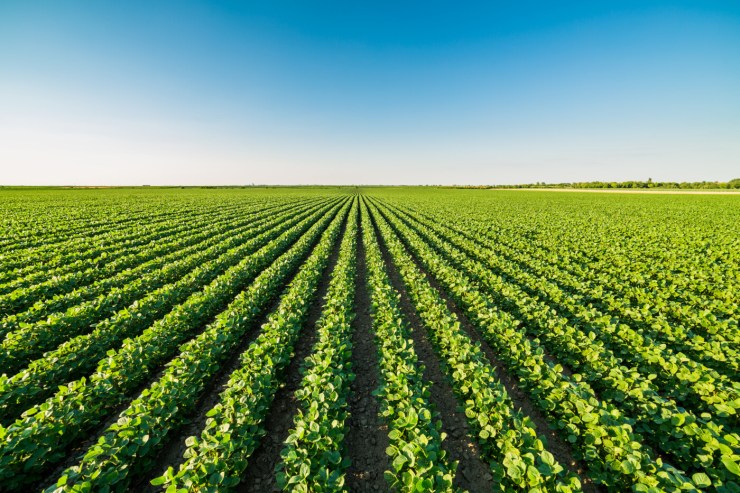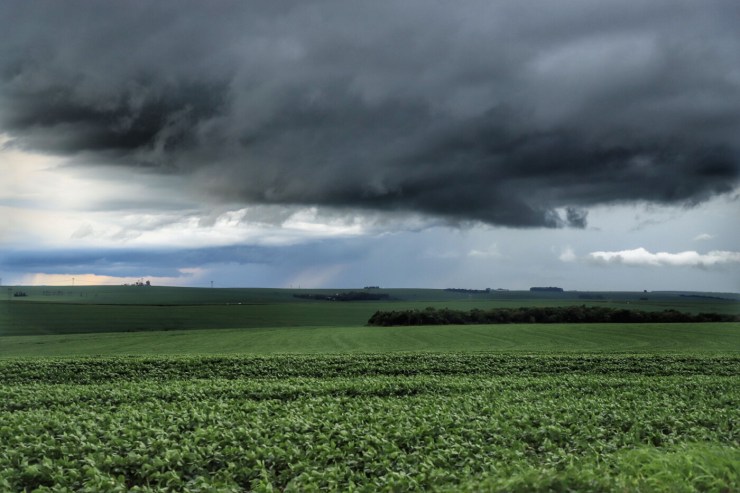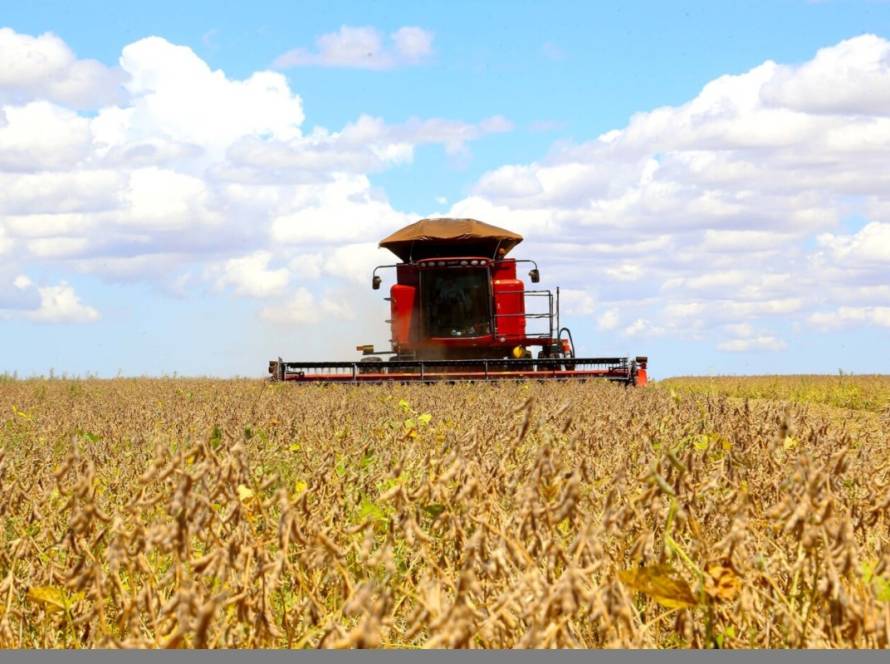Faced with the challenge of producing more in less time, Artificial Intelligence (AI) has been gaining ground in agribusiness, especially in the genetic improvement of cultivars. The technology shortens cycles that previously took up to 10 years, by enabling simulations and virtual crossings that anticipate plant performance under different conditions.
This movement reflects a trend that has already been consolidated in the sector: according to a PwC survey, 781% of agribusiness CEOs plan to invest in AI in their operations, a higher rate than the average for other segments. The advancement of digital tools in the field points to an increasingly strategic use of technology, not only to optimize processes, but to bring agricultural production closer to global productivity and food security goals.

Photo: Disclosure/IDR
According to researcher Daniel Longhi, Artificial Intelligence makes it possible to simulate genetic combinations even before planting, reducing the time needed to identify cultivars with greater productivity and tolerance to adverse environmental conditions. “With predictive models, we can anticipate important characteristics for each region, optimizing selection and making the launch of new varieties up to three times faster,” he explains.
Advances in genotyping tools combined with high-throughput field phenotyping have been decisive. According to Longhi, it is now possible to genetically map each plant, from its initial stages to its release, identifying genes related to productivity, pest tolerance and climate adaptation. “We enter the plant’s DNA to precisely select the attributes that must be preserved, which increases efficiency in the field,” he explains.
Adaptability to climate and different regions
Longhi emphasizes that the diversity of soybean crops in Brazil is great. “The material we plant in the South differs from that used in the Cerrado, and each region has its own particularities, challenges and unique characteristics. With structured data, we can draw up regional profiles and direct improvements from the initial phases to the productivity stages, in which the material will compete for market share,” he emphasizes.

Photo: Illustrative/Shutterstock
The use of field technologies, such as drones for phenotyping, has accelerated the assessment of material quality, even in adverse conditions such as heat waves or drought. This reduces the experimental cycle and improves decision-making at the end of the harvest.
In addition to phenotypic data, the company integrates this information with robust genomic banks, applying artificial intelligence to model the complexity of the soybean phenotype. Using a premium germplasm bank, predictive models, statistical corrections and simulations, it is possible to correlate genetic data with field results, a task that is impractical without the adoption of new tools and highly scalable technologies available today.
With these tools, the researcher explains that it is possible to predict the performance of crosses for the next three to four years, which helps to plan which genetic combinations should be made to produce cultivars with better performance. “The process includes simulations of millions of crosses to identify the best materials, making the volume manageable for field experiments. This evaluation considers environmental variables of climate and soil, to indicate which cultivar adapts best to each region”, he highlights.




